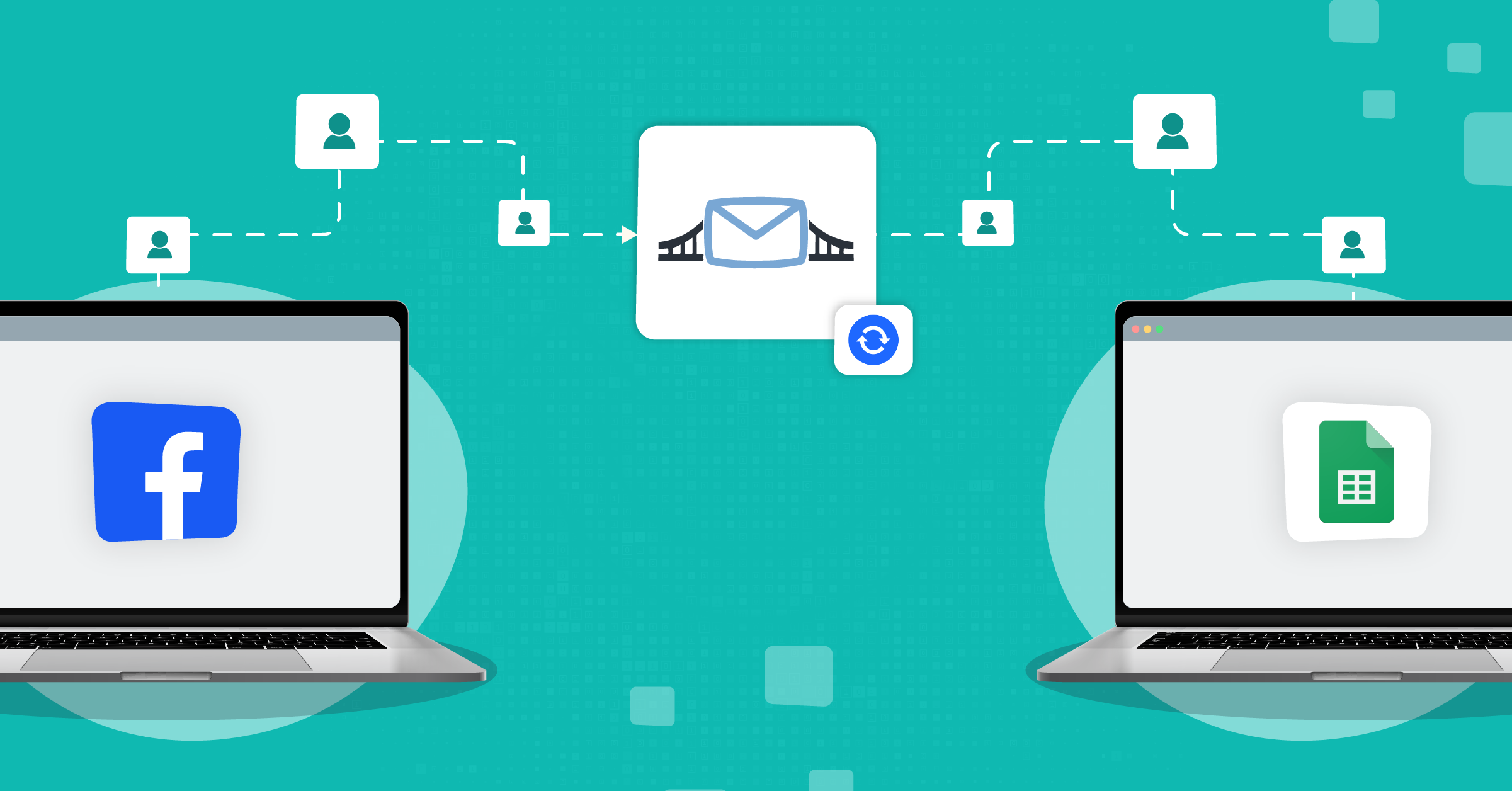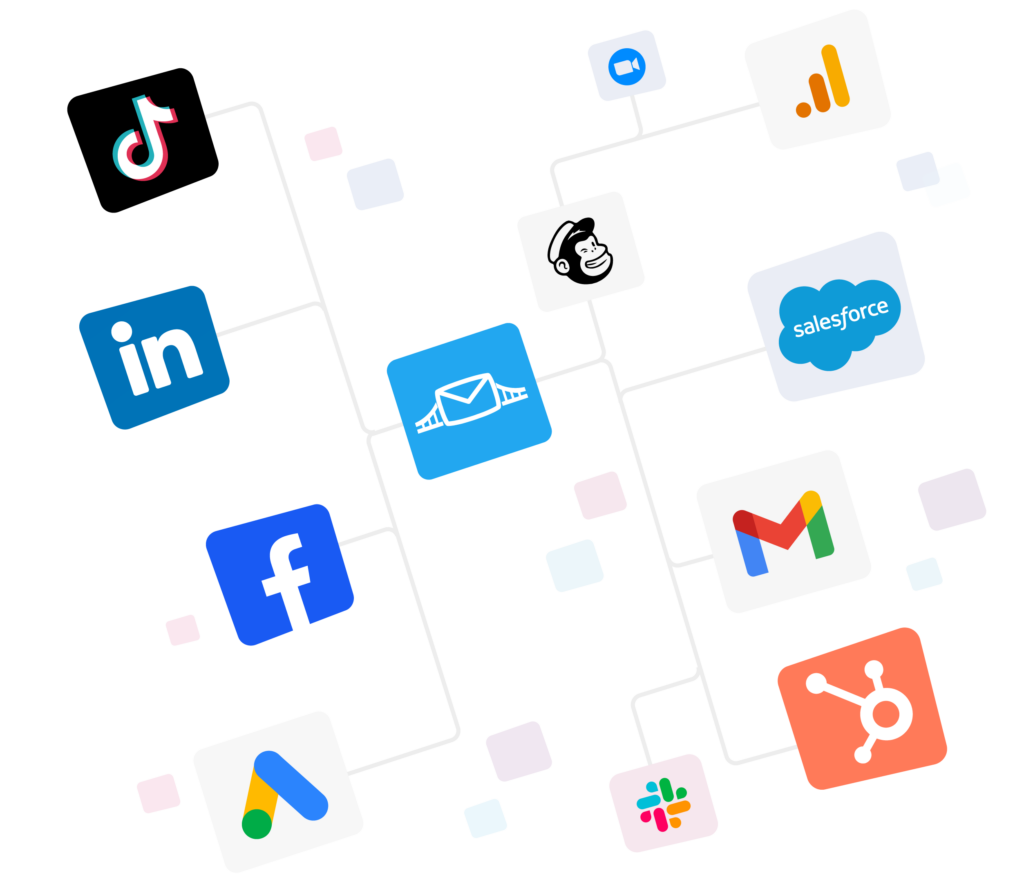
Fake leads drain your budget. But that’s not the only problem with bad lead data.
Sales reps then chase dead numbers, burning hours that should be spent closing real deals. Dirty data clogs your CRM and twists performance metrics, making strategy decisions unreliable.
What’s even worse is that contacting people who never truly opted in can invite TCPA fines and PR issues, which could also mean real legal exposure.
In this article, you’ll learn how to avoid fake leads from Facebook ads. Additionally, we’ll talk about tools and integrations that help keep your Meta lead funnels clean and compliant.
What exactly is a fake lead?
A fake lead is any record that cannot or will not become a real customer. They usually come from:
- Bots or click-farms auto-submitting your form.
- Throw-away or stolen emails/phones from people only after a freebie.
- Duplicate entries, either the same person submitting again or a vendor reselling the lead.
- Accidental or low-intent taps where someone hits “Submit” just to keep scrolling.
- Low-quality vendor lists packed with recycled, incentivized, or outright fabricated data.
Marketers report higher costs, distorted attribution, and disgruntled sales teams when they are dealing with bad data in their CRM.
Beyond wasted ad spend, fake leads from Facebook Ads can damage your KPIs. They can also expose you to TCPA fines if you call or text a number that never actually opted in.
Why do Facebook lead ads have fake sign-ups?
Meta’s instant form is designed to remove friction. It means it’s very easy for a user to submit name, email, and phone in a couple of taps, which are mostly pre-populated by Meta.
While that boosts your Facebook lead generation volume, it also:
- Makes abuse easy. Bots can auto-submit the form inside the Facebook environment.
- Hides reCAPTCHA or honeypots. You can’t embed third-party scripts for on-form validation.
- Creates unwanted submissions. Mobile users sometimes tap submit by mistake.
- Generates duplicates. The same profile may be retargeted repeatedly if you don’t dedupe.
Of course, lead ads let you hit your CPL target, but you may end up with a list full of bad data, too.
So, what’s the solution to Facebook ads’ fake leads?
How to stop Facebook ads’ fake leads from entering your funnel
When it comes to data hygiene, investing in prevention costs less than cleaning up later. Here are some proven strategies you can consider to filter all those fake leads from Facebook Ads:
1. Document consent with TrustedForm certificates
TrustedForm helps you capture a tamper-proof “certificate of authenticity” for every submission. The certificate stores: Lead ID, timestamp, the exact ad & form seen, and a replay of the user’s interaction.
This is a powerful proof if you ever face a TCPA challenge.
Now that you know how TrustedForm works with Facebook lead ads, learn how to implement it in just a few minutes:
- Connect your Facebook Page to LeadConduit.
- Add the TrustedForm step to your LeadConduit flow.
- Map the certificate URL into a field inside your CRM.
- Retain certificates for at least the statutory period (usually 4-5 years).
You can learn more about setting up TrustedForm to retain Facebook lead ads Certificates here.
Once set up, however, every lead that flows into your CRM arrives with its own “digital receipt”. Each entry is essentially easy to audit and impossible to fake.
Sign up to get started or request a free demo to get all the answers you are looking for.
2. Sync leads to your CRM in real time via LeadsBridge
With LeadsBridge, you can push each new Facebook lead straight into HubSpot, Salesforce®, Mailchimp, or any of 380+ platforms within seconds. That lets you:
- Run instant email/SMS verification to weed out junk addresses.
- Trigger automated welcome flows while interest is still fresh.
- Score, dedupe, or append data using your existing enrichment stack.

LeadsBridge setup is point-and-click and takes just a few seconds. All you have to do is pick Facebook lead ads as the source, choose your destination app, map the form fields, and hit Activate.
All without having to code a single line.
3. Feed quality signals back to Meta via API and Conversion leads
Meta’s algorithm works best when it has enough data to act on.
The conversion leads performance goal, for instance, lets you optimize your ad delivery toward prospects who look like your closed-won customers. That means you can weed out just anyone willing to fill out a form without a genuine intent.
To use it, you need to first transfer data like sales outcomes (booked calls, purchases, etc.) from your CRM back to Meta through LeadsBridge’s Conversions API integration.
Of course, having a connected data ecosystem can help you build audience segments to create hyper-focused custom audience lists as well.
Find out more about the best Facebook lead ads CRM integrations for your marketing campaigns.
4. Level up your instant form
Your forms are also important on their own. Here’s how to make them better.
- Add qualifying questions. A simple “What’s your monthly budget?” text field can surprisingly deter bots and low-intent users.
- Use conditional logic (where applicable). This helps disqualify obvious mismatches.
- Be crystal-clear about follow-up. State you’ll call, text, or email, which would naturally discourage fake opt-ins.
- Limit the frequency. Exclude recent submitters or existing customers with Custom Audiences.
For a full walkthrough of building (and editing) high-performing lead forms, here’s a step-by-step guide to Facebook lead ads.
Key takeaways
Compliance is non-negotiable, especially when fake leads from Facebook ads have become such a common occurrence. That’s why verified consent is the way to protect your brand.
Setting up lead authenticity certificates, instant sync, and feedback loops can turn your raw Facebook lead data into a (possibly) sales-ready contact.
This is impossible to do manually.
Real-time pipelines cut response time and catch fake Facebook leads way before they hit sales. As David LoPresti, Founder of ADACP, emphasizes: “Without verified consent and automated authenticity checks, businesses risk wasting resources on fake leads and damaging customer trust.”
In addition, it allows Meta to access quality signals. Feeding CRM outcomes back via Conversions API teaches the algorithm what a real customer looks like.






















